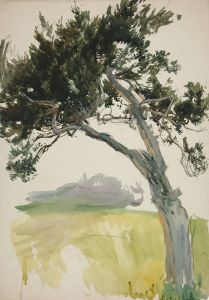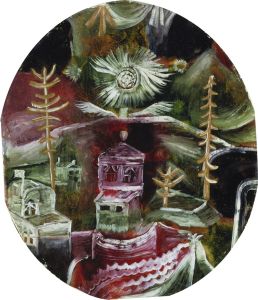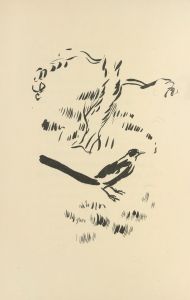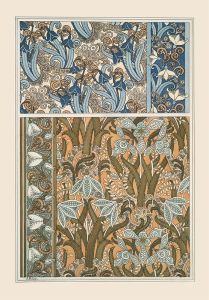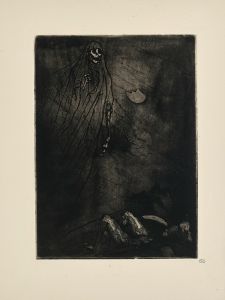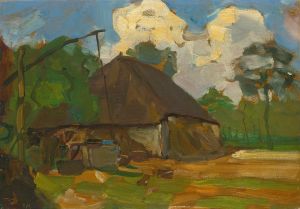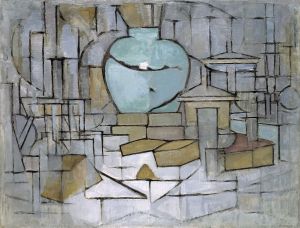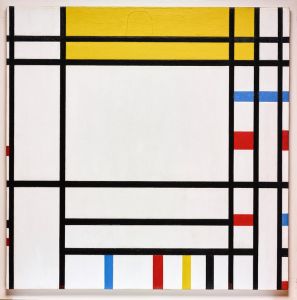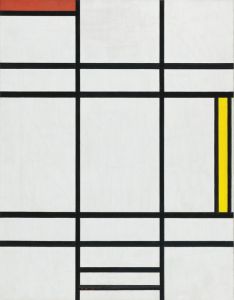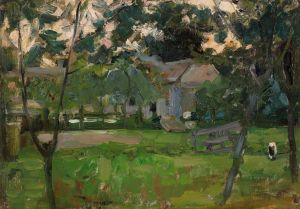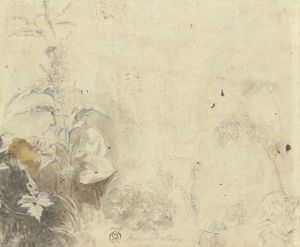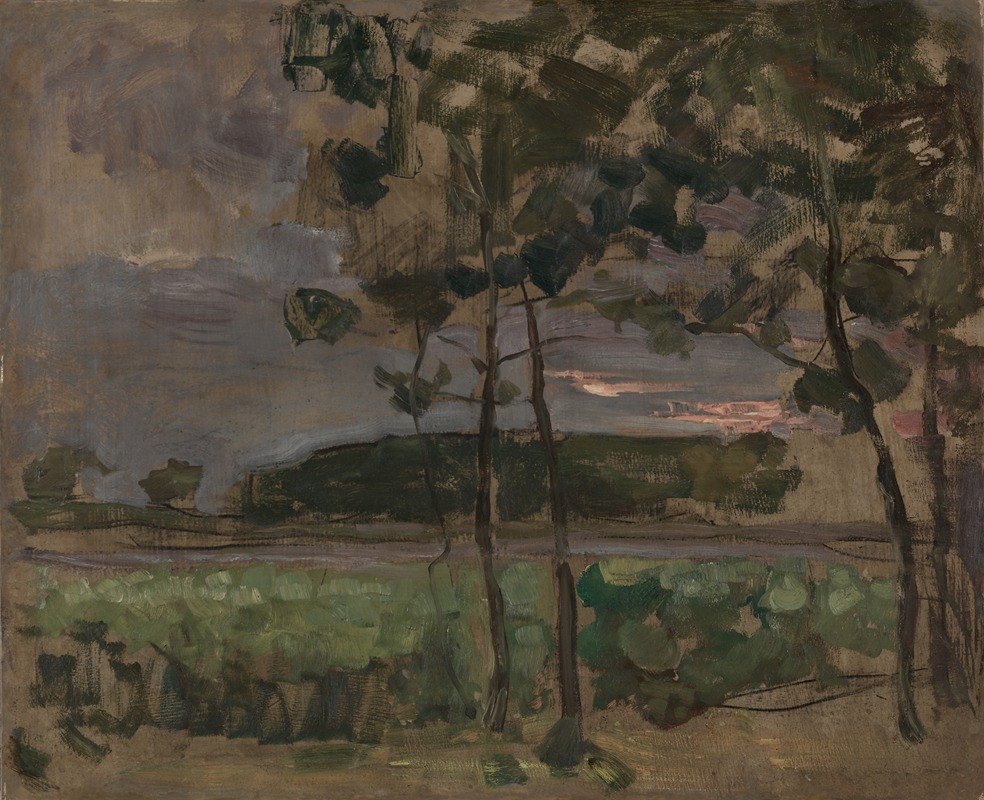
Field with Young Trees in the Foreground
A hand-painted replica of Piet Mondrian’s masterpiece Field with Young Trees in the Foreground, meticulously crafted by professional artists to capture the true essence of the original. Each piece is created with museum-quality canvas and rare mineral pigments, carefully painted by experienced artists with delicate brushstrokes and rich, layered colors to perfectly recreate the texture of the original artwork. Unlike machine-printed reproductions, this hand-painted version brings the painting to life, infused with the artist’s emotions and skill in every stroke. Whether for personal collection or home decoration, it instantly elevates the artistic atmosphere of any space.
Piet Mondrian, a Dutch painter renowned for his contribution to the De Stijl art movement, created "Field with Young Trees in the Foreground" during the early phase of his artistic career. This painting is a part of Mondrian's exploration of landscape art before he transitioned into the abstract style for which he is most famous.
Mondrian was born on March 7, 1872, in Amersfoort, Netherlands. He began his artistic journey with a focus on traditional subjects, including landscapes, which were prevalent in Dutch art. "Field with Young Trees in the Foreground" exemplifies his early work, where he was deeply influenced by the natural world and the Impressionist movement. This painting showcases Mondrian's skill in capturing the essence of nature through his use of color and form.
The painting depicts a serene landscape with a field and young trees, characterized by a harmonious blend of colors and a balanced composition. Mondrian's use of light and shadow in this piece reflects his interest in the changing effects of light on the landscape, a technique reminiscent of the Impressionists. The young trees in the foreground are rendered with a delicate touch, emphasizing their fragility and the transient nature of the scene.
During this period, Mondrian was experimenting with various styles and techniques, gradually moving away from the representational art of his early years. His work during this time was influenced by the Hague School and Symbolism, which is evident in his attention to detail and the emotional undertones present in his landscapes. "Field with Young Trees in the Foreground" is a testament to Mondrian's evolving style and his quest to capture the underlying structure of the natural world.
As Mondrian's career progressed, he became increasingly interested in abstraction and the reduction of forms to their essential elements. This shift was influenced by his exposure to Cubism and his interactions with other avant-garde artists. By the 1920s, Mondrian had fully embraced the principles of De Stijl, characterized by a strict use of geometric forms and primary colors. However, "Field with Young Trees in the Foreground" remains an important work that highlights his early artistic development and his initial engagement with the natural environment.
Mondrian's early landscapes, including this painting, provide valuable insight into his artistic evolution. They reveal his foundational skills and his gradual movement towards abstraction, which would later define his legacy in the art world. "Field with Young Trees in the Foreground" is a significant piece that captures a moment in Mondrian's career when he was still deeply connected to the natural world, yet on the cusp of a transformative journey towards modernism.
Today, Piet Mondrian is celebrated as a pioneer of abstract art, and his early works, such as "Field with Young Trees in the Foreground," continue to be studied for their contribution to his artistic development and their reflection of the broader trends in early 20th-century art.





